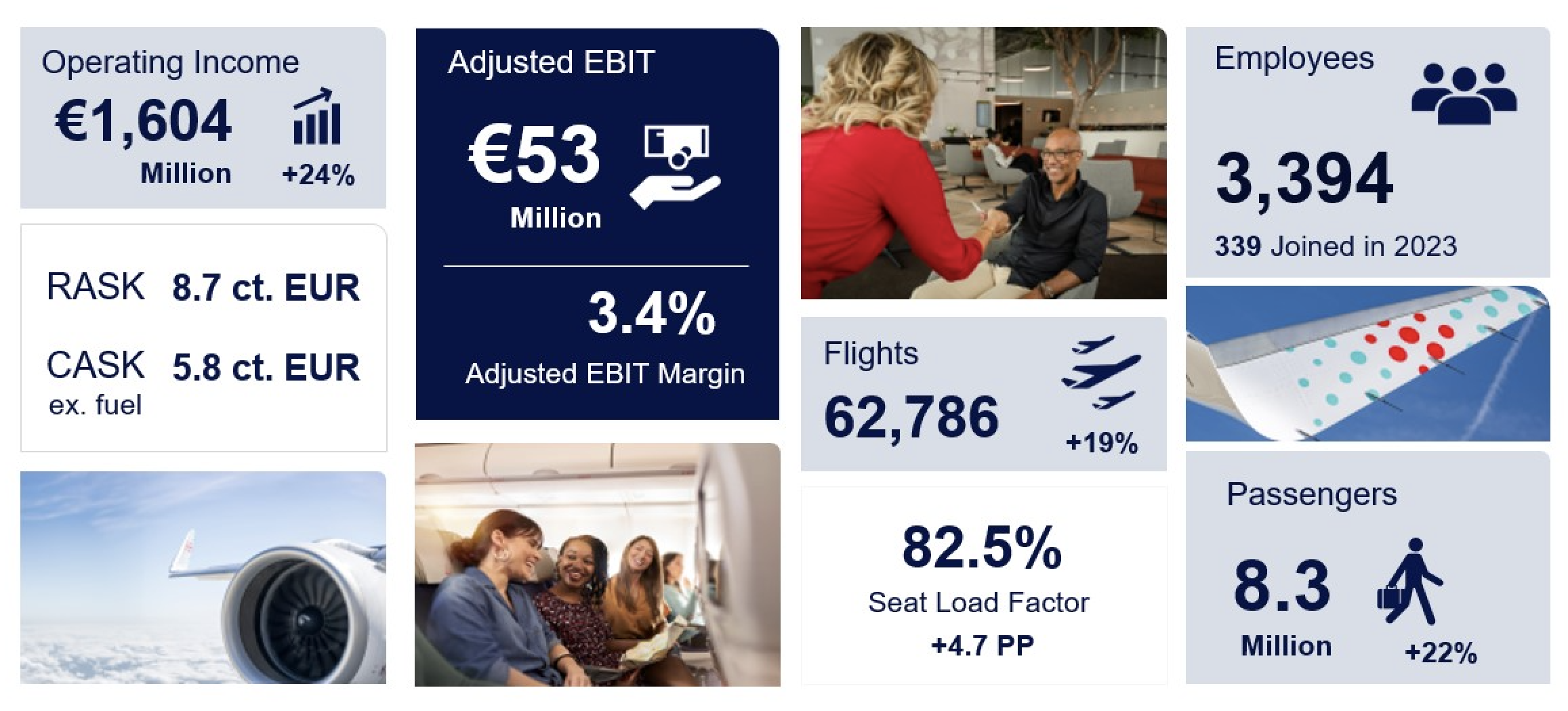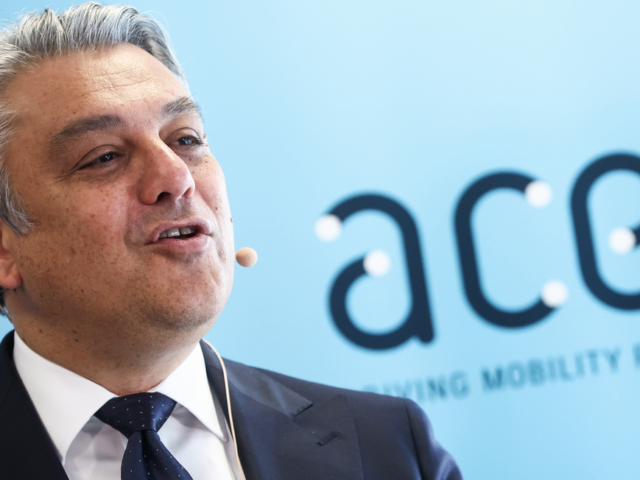
Record profit for Brussels Airlines but social conflict causes downer

Despite profit last year of 53 million euros, there are tensions at Brussels Airlines due to lingering social conflicts /BA
After five years of loss-making, Brussels Airlines posted record results last year, with an operating profit of 53 million euros. The airlin


Comments
Ready to join the conversation?
You must be an active subscriber to leave a comment.
Subscribe Today